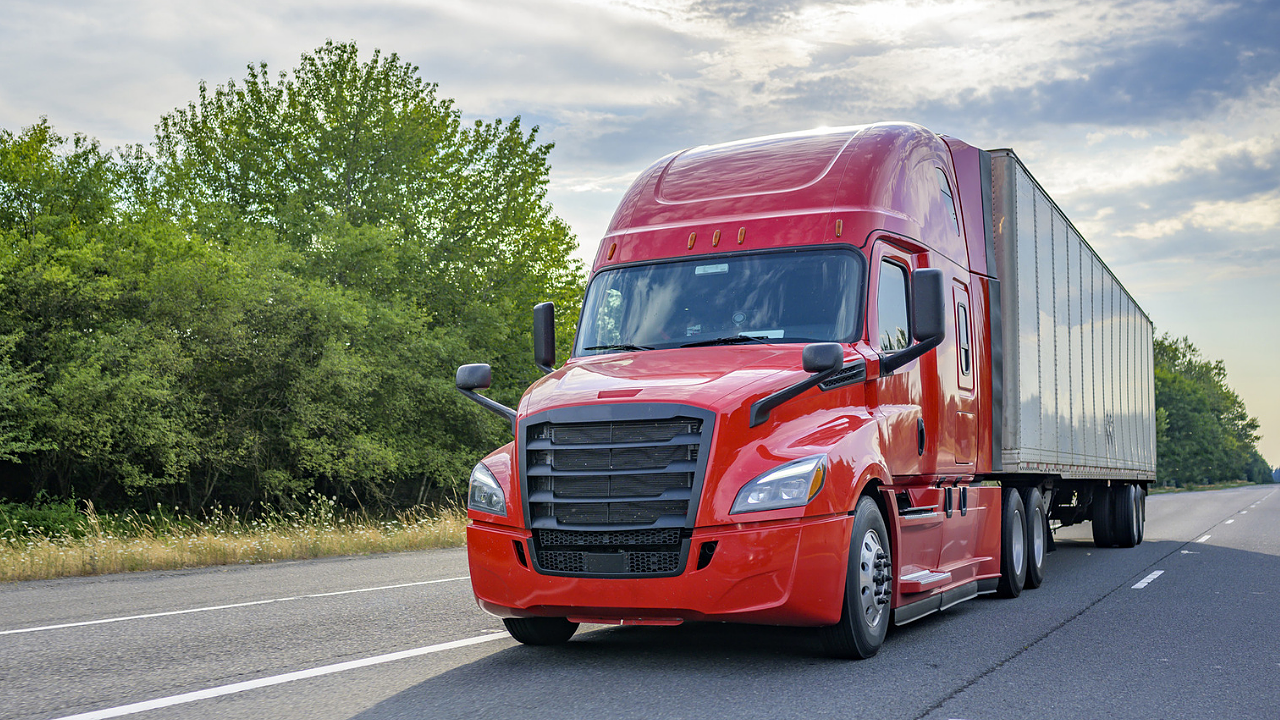
The commercial vehicles industry, comprising light commercial vehicles (LCV) and medium and heavy-duty trucks (M&HDT), is on track to recovery as worldwide economic activities resume, observes Frost & Sullivan's recent analysis.
According to the research agency, the global LCV unit shipment is estimated to reach 12.6 million units in 2021 from 11.4 million units in 2020, at 10.3% year-on-year (YoY) growth. Similarly, the M&HDT segment is projected to reach 3.4 million units in 2021 from 3.2 million units last year, growing at 5.9% YoY.
Frost & Sullivan observes that the exponential growth of e-commerce and last-mile delivery push the demand for LCV, while the resumption of freight movement at ports and the revival of construction activities accelerate the sales of M&HD trucks globally.
Marshall Martin, Commercial Mobility Team Leader, Frost & Sullivan, said the commercial vehicles industry is anticipated to witness significant transformation in the next two to five years. This is due to the entry of tech-savvy start-ups leveraging big data and artificial intelligence (AI) to introduce solutions such as telematics, advanced safety systems, and digital freight brokerage platforms. In addition, it will encourage original equipment manufacturers (OEMs), suppliers, and start-ups in the ecosystem to collaborate and develop future technologies, which are vital to developing greener trucks that are technologically feasible and financially viable.
'In addition, battery manufacturing is poised to play a key role, given the tremendous increase in demand for Li-ion batteries. The biggest opportunities lie in battery and fuel cell technologies that ensure cleaner and sustainable commercial mobility,' Martin added.
Regional insights
Frost & Sullivan states that the pandemic has accelerated the adoption of digital technologies such as data analytics for fleet management and digital freight brokerage solutions for freight matching in North America.
Latin America is embracing electrification quicker than expected, driven by the initiatives taken by local authorities to set up a conducive electric vehicle ecosystem in the region.
Start-ups in Europe have sprung up in recent years, posing investment opportunities to fuel the rapid growth and nurture innovation to gain a competitive advantage while the local players in China are leveraging the rapid advancement of big data and AI in the country and are pioneering work in autonomous freight hauling.
In India, the adoption of telematics among the larger fleets is accelerating to ensure efficient asset management, the research firm said.
Courtesy: Frost & Sullivan.